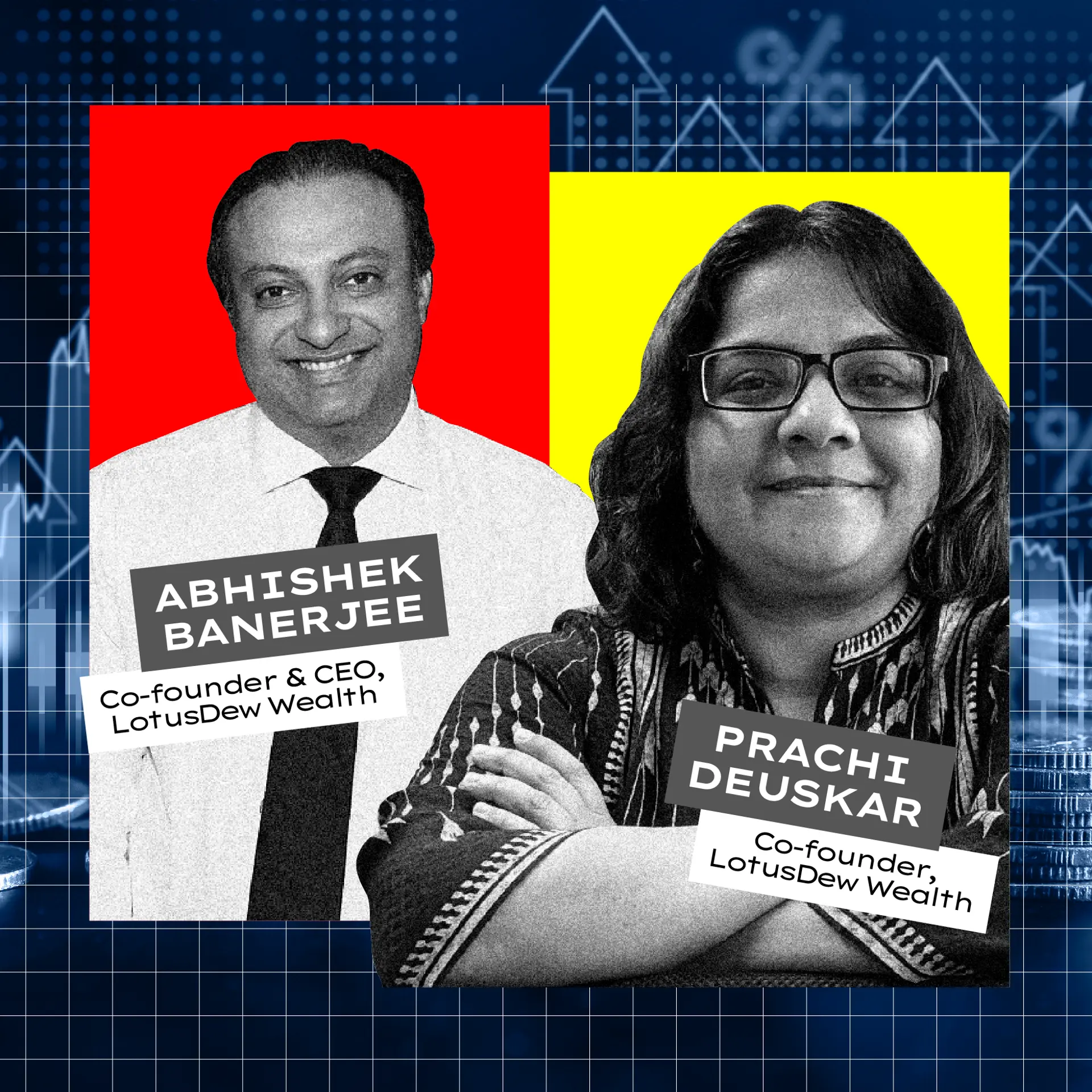Charges on UPI, cards: Thin margins for payment players, a tug of war for RBI
Industry experts weigh in on RBI’s discussion paper regarding merchant discount rates. The central bank has asked for feedback and suggestions before October 3.
There is no such thing as a free lunch, especially in the fintech space. In the recently laid out discussion paper by the Reserve Bank of India (RBI) seeking public feedback on charges in the payments system, the central bank retreated that, “in any economic activity, including payment systems, there does not seem to be any justification for a free service, unless there is an element of public good and dedication of the infrastructure for the welfare of the nation.”
Now, RBI has three important questions that affect the banks, payment stakeholders, and, maybe consumers:
1. Should RBI introduce charges or merchant discount rate (MDR) on UPI or should it be determined by the market?
2. Should merchants be allowed to charge customers only on a marginal-cost basis?
3. Should there be regulations over interchange fee on debit cards and credit cards?
YourStory spoke with industry experts to get a comprehensive view of how the entire system must operate to create a win-win situation for everyone—banks, payment players, and consumers. A majority of stakeholders have initiated internal discussions and would soon float out feedback papers.
RBI has asked for feedback and suggestions before October 3.
What is MDR?
Let us begin by understanding the basics. Every time we make a digital transaction via a debit/credit card, an MDR comes into picture.
In simple terms, MDR is a fee (percentage) that merchants pay to the bank that issues the credit card, the payment network provider (like VISA, Mastercard, AMEX) and the bank that provided the POS terminal or device. It is split according to the percentages mandated among the said stakeholders and is collected by the merchant bank.
Merchants cannot pass on the MDR fees to the customers, it is illegal.
It is important to note that the MDR is different from the convenience fee that is charged to consumers during digital transactions. It is charged regardless of payment mode, and not for a particular payment mode. It's to cover the platform technology costs, not MDR.
MDR is the reason why many merchants insist that customers pay online via UPI and not cards.
Now, debit/credit cards already attract MDR (debit card charges are capped depending on the merchant turnover and size of transaction but not for credit cards).
UPI transactions, on the other hand, are free but not for UPI-linked RuPay credit card that attract 2% MDR ( of which 1.5% goes towards the card issuing bank, and 0.5% is shared with RuPay network and the acquiring entity).
MDR is a way for banks and payment providers to earn substantial revenue. The question raised by industry stakeholders here is how much should the charge be. Should it be increased, capped, or left to the market?
The problem of thin margins vs revenue earnings
Ramkumar Subramanian, Director, Financial Services, Risk Advisory at Grant Thornton Bharat LLP explains how fee-based income is one of the major ways banks make money.
“Payment ecosystem is very competitive owing to a large number of players. Margins are very thin, so charges quintessential have to be thrifty. Banks are already finding it difficult to maintain ATMs since the margins are poor and the fact regulations limits them on what can be passed on to the customer. With such operational challenges it becomes essential that the digital payment charges get revisited,” he said.
It’s a fine line on what should the charges levied on digital payment be. More importantly, the system is not in a position to pass on the charges to the consumers, which may happen in case there is an increase in MDR, as it may hamper the economic growth cycle. This is even more pertinent for UPI-linked transactions, after all the major reason for UPI’s success in India has been its “free for all” proposition.
Industry leaders say that in case the charges are passed on to the consumers, the UPI transactions (zero charges) may decrease. Moreover, for retail transactions, smaller merchants may not be in a position to take any kind of increase in the charges and will definitely, as experts say, pass it on to the consumers. “Hence, they might get an exemption,” a payment expert voices.
“Retail spending is important, especially with the fact India has expectations of growing the economy and the payment ecosystem will be the launch pad for this growth. Hence it is imperative the current status quo right now goes through limited disruption. It’s a tug of war and RBI has food for thought for sure,” he adds.
Piyu Dutta, Managing Director at Inflexxion Point Consulting, weighs in, “The fee earning potential from UPI is far outweighed by the economic growth. That’s why UPI took off and is a massive success. By having a fee structure, WhatsApp payment did not catch anyone’s fancy. However, GPay did as it’s free. As a banker, I see the point of charging as banks earn substantial revenue from payment fees. As a customer, I would always like UPI to stay free though.”
She adds, “Perhaps RBI can introduce a fee structure similar to IMPS albeit as a daily cap to per beneficiary/ receiver.”
MDR on UPI transactions is up for a strong debate with RBI mulling over its pro-consumer stand and letting the market decide for itself.
“There's definitely thought around levying MDR on UPI transactions. But RBI is trying to understand its role as a central bank VS let the market decide. The first could be a pro-customer stand and could lead to levying a nominal rate given how popular UPI is among the masses,” said Monami Dasgupta, Head of research at D91 Labs.
Making MDR market-linked: Duopoly would come into play?
What if the charges were to be determined by the market (as mentioned in the discussion paper)?
“It’s a dangerous call,” says a fintech startup founder, requesting anonymity.
In case the charges are left on the market, it may lead to stronger players killing the others. “Visa and Mastercard, which have a lion’s share, will try to cut the competition. Since they have the volumes, they may try to cut the charges (lower than the ones determined by the market) to further increase their share. Other companies cannot afford to do that. So it has to be regulated,” he says.
Vishwas Patel, Chairman, Payments Council of India (PCI) and Director, Infibeam Avenues has voiced support for leaving the pricing of financial instruments to the market.
“The industry appreciates the issuance of a discussion paper about charges in payment systems however also believes that pricing of financial instruments should be left up to market forces, to continue to support the required investments and innovation in digital payments. We will soon submit detailed feedback to RBI," he says.
In another perspective shared by a payment segment expert, requesting anonymity, sooner or later there should be a similar offering (like UPI), if needed, by the New Umbrella Entity's (NUE) which would make UPI intrinsically more market-driven, as "market-driven requires competitive service providers, not monopolistic service providers".
And, in case the charges are levied, the thesis should revolve around UPI's sustainability as against the profitability of apps driven by it.
"The objective of a payment regulator should never be to make some unviable sky high valued startups, yet to figure out what value they are offering, to become profitable. Let them figure out what value they add, to whom they add value rather than justifying their costs, investors (pressure) etc. UPI charges should be sustainable to UPI itself and not for profit-making opportunities or for justifying the existence of apps," he adds.
A transparent picture for consumer
Ultimately, the majority of players believe that charges will have to be regulated by the RBI, keeping in mind the customers at the other end.
“RBI will have to regulate the charges keeping in mind they always think from customers’ perspective and will not let the market determine the charges and they will want to keep it consistent. It would be a sweet balance. Right services would need to be given at the right price,” says a founder in the embedded finance space.
While there are many intermediaries in the payments transaction chain, consumer complaints are generally about high and non-transparent charges, experts claim. Hence, charges for payment services must be reasonable and competitively determined for users while also providing an optimal revenue stream for the intermediaries.
This balance will help laymen with a transparent picture of changes paid to various participants and also control mechanisms for Regulated Entities (REs) on the unfair and unhealthy distribution of income.
(The story was updated to correct the name of one of the experts)
Edited by Affirunisa Kankudti








